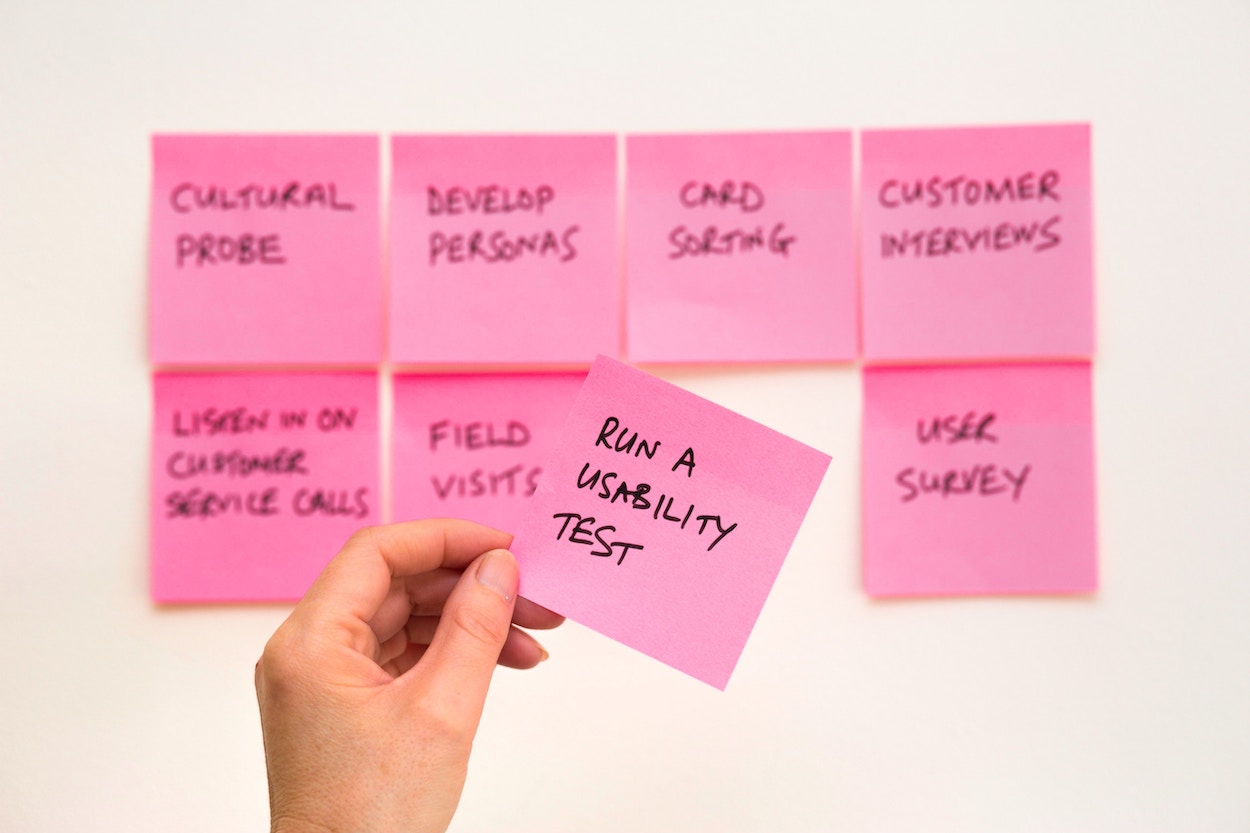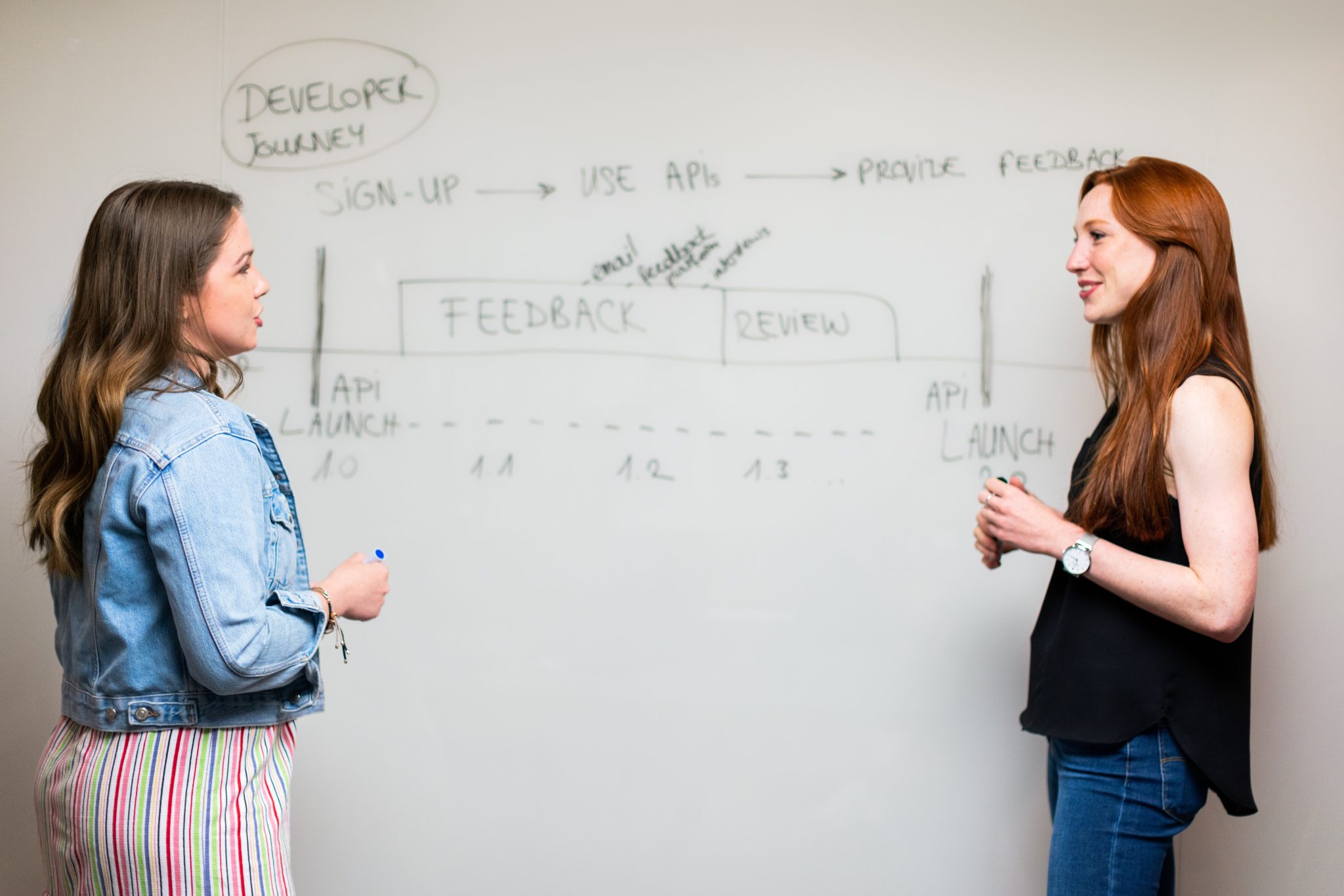Back in the early days of the Information Age, software development had to accomplish just one goal: functionality. However, modern-day consumers are no longer satisfied with the bare minimum; they want to be engaged. If your product doesn’t fit the bill, they’ll look to your competitors instead. Is it possible to offer speed and quality at the same time? Are Agile methodologies and great UX design compatible?
As development teams are under more pressure to produce and release quickly, some businesses are concerned that this may come at a cost. Can high-quality software development and quick releases coincide together?
The Importance of Agile
The Agile Manifesto states that the utmost priority of Agile software is “to satisfy the customer
through early and continuous delivery of valuable software.” Agile teams know that flexibility, feedback, and collaboration are essential in meeting their consumers’ needs. Being open to changes and utilizing them “for the customer’s competitive advantage” allows team members to adjust their plans for the good of everyone involved, the company and the customer alike.
In a UX and Agile study by the Nielsen Norman Group, researchers have examined how to best incorporate lean UX and Agile practices to create high-quality products quickly without sacrificing usability in the process.
“We are working smarter,” said Victor, one of the software engineers in the study. “No more 14-hour days for an entire month. We are a team and we are releasing more often”
By working in close collaboration with other departments, Agile methodologies were seen to help the teams foster transparency with one another, minimize last-minute problems, and deliver features quickly with more predictable timelines. Developers no longer need to work in silos, which increases accountability and fosters teamwork.
“Before Agile it was harder to stay on track” stated Anca, another software engineer. “There is more accountability now. Things are more transparent.”
“Since we’re working with smaller chunks that are not monolithic, it is easier to predict than something that is huge and can take 9 months,” Victor explained. “Everyone is aware of progress sooner.”
These benefits are also applicable to your user base. By constantly communicating and delivering products quickly, your customers will feel satisfied not only by the end product, but by their role in the development process, as well.
Better UX with Agile Methodologies
Following are three steps that your business can employ to take advantage of Agile methodologies while offering great UX design.
Focus on the benefits for your customers
While implementing changes to an organization, such as a new development project or a system enhancement procedure, businesses often focus on internal benefits. As such, improved system response times and lower costs are often at the forefront of the decision-making process. However, as the customer needs to be the top priority, your company should first consider how your consumer base will be directly or indirectly affected by these changes.
By keeping your customers’ needs in mind, customer loyalty and engagement will improve and, as a result, address the needs of your business. “How will this decision benefit my customers?” needs to be one of the first questions addressed by your stakeholders, not an afterthought.
Use feedback to make user-driven changes
Agile methodologies encourage iterations, frequent changes, and flexibility throughout the development process. Soliciting user feedback through surveys, focus groups, beta testing, and even social media ensures that your team will be prepared to react to your customers’ wishes every step of the way.
Opportunities to leave feedback can also be incorporated in the software itself, demonstrating the value of customer feedback beyond the point of sale. The ability to react quickly to both positive and negative comments will make your users feel like their opinions matter, further increasing engagement with your brand.
Put yourself in your customer’s shoes
Considering your customers’ point of view will only be advantageous during this process. Your customers’ experiences while using your product ultimately decide its success and functionality. As your team may approach the product’s properties and features with a different point of view, your users may not experience certain features or properties in the way that the team intended. Being able to quickly and accurately understand your customers’ journey will pay off in the long run and lead to a greater advantage over the competition.
High-quality software development and quick releases are no longer mutually exclusive. Companies can now offer both the flexibility and speed allotted by Agile along with the UX quality that consumers desire. To learn more about how incorporating Agile methodologies into your operation procedures, download our Guide to Building Sustainable Agile Culture in Your Company.





